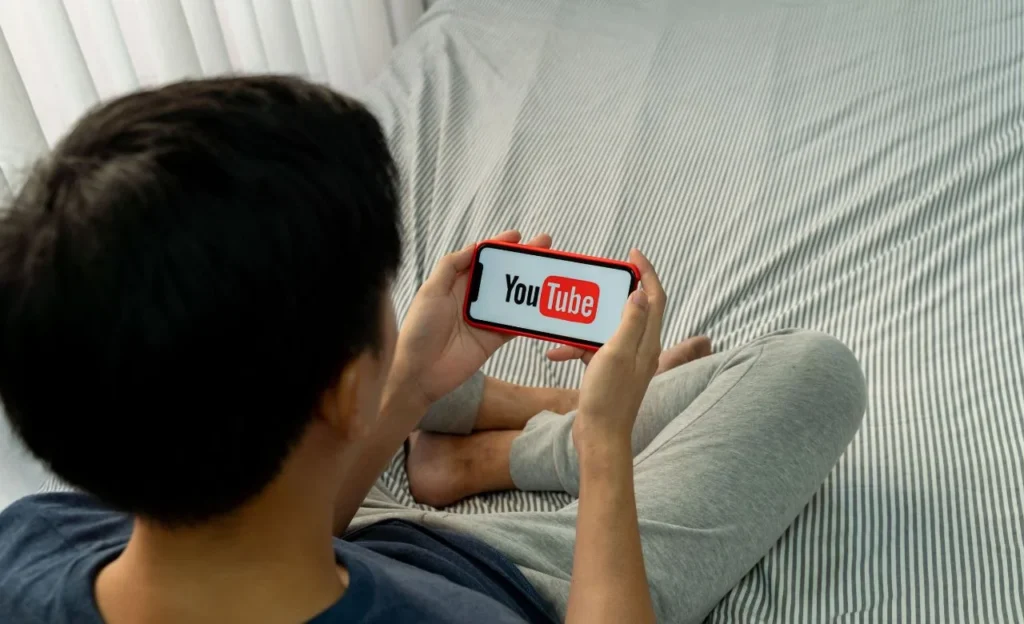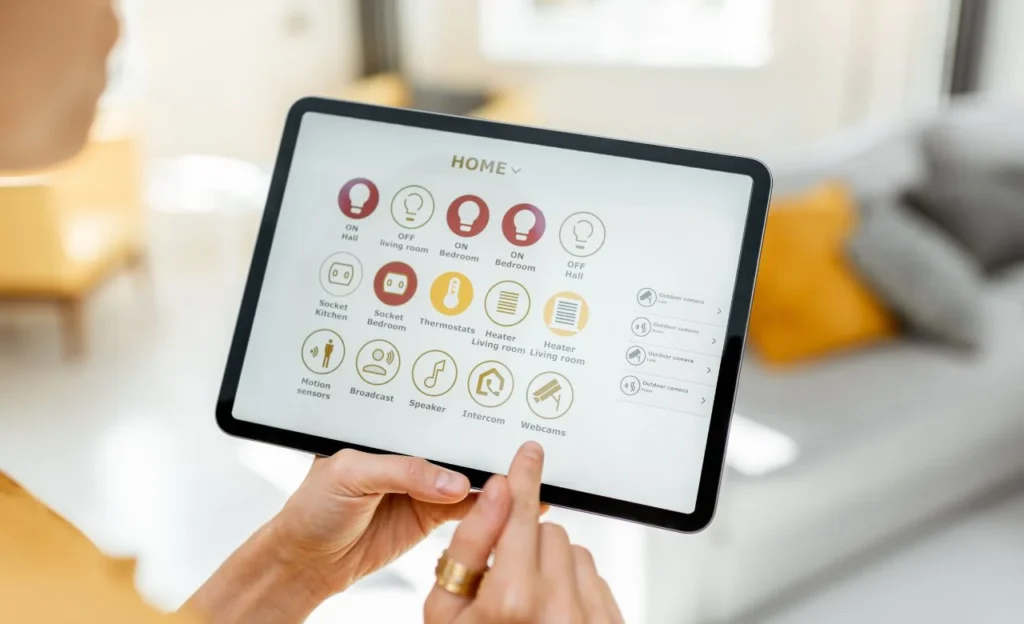YouTube transcripts enhance content accessibility by providing a textual representation of video content. So, how to remove timestamps from youtube transcript? These transcripts aid individuals with hearing impairments and offer a convenient way for all viewers to follow along or search for specific sections within a video.
However, there are instances where the inclusion of timestamps in these transcripts may not align with the intended use of the text. The need to remove timestamps can arise for various reasons, such as creating a cleaner and more polished presentation or repurposing the text for different contexts.
You can use Transcriptal to get timestamp-free transcripts. Removing timestamps from YouTube transcripts requires understanding the impact these timestamps can have on the readability and overall aesthetics of the transcript. While timestamps are beneficial for referencing specific moments in a video, they can become distracting or unnecessary when the primary goal is to consume the information in a written format.
Reasons to Remove Timestamps from YouTube Transcripts
YouTube transcripts are a valuable feature that enhances accessibility and user experience by providing a written representation of the spoken content in videos. However, there are instances where removing timestamps from YouTube transcripts becomes necessary due to various reasons. Let’s explore the key motivations behind the decision to eliminate timestamps.

1. Enhanced Readability
Timestamps, which indicate the specific times at which certain content occurs in a video, can disrupt the natural flow of a transcript when viewed as a standalone text. Removing timestamps for users who intend to read the transcript without referencing specific moments in the video results in a cleaner and more coherent reading experience.
Example: Blog Posts and Articles
When repurposing the content for a blog post or article, a transcript free from timestamps allows for a smoother transition between sentences and paragraphs, improving overall readability.
2. Professional Presentation
In professional settings, such as business presentations, educational materials, or corporate communications, transcripts are often repurposed for a polished and refined appearance. Timestamps may be considered distracting or unnecessary in such contexts, and their removal contributes to a more formal and visually appealing presentation.
Example: Educational Materials
In educational content, transcripts without timestamps are more suitable for course materials, presentations, and study guides, creating a focused and professional look.
3. Adaptation for Different Platforms
When content creators repurpose YouTube videos for other platforms or mediums, timestamps may be incongruent with the formatting requirements or aesthetic of the new platform. Adapting the transcript by removing timestamps ensures consistency and alignment with the visual style of the chosen platform.
Example: Social Media Posts
Transcripts shared on social media platforms like Twitter or Instagram may benefit from timestamp removal to fit character limits and maintain a visually appealing format.
4. Content Syndication and Sharing
Sharing YouTube transcripts with others, whether for collaboration or information dissemination, may involve the desire to present the information without the distraction of timestamps. Clean transcripts facilitate better understanding and communication when shared among a team or a broader audience.
Example: Collaborative Projects
In collaborative projects where team members review and edit transcripts, the absence of timestamps streamlines communication and ensures a focus on the content itself.
5. Accessibility Improvements
While transcripts are essential for accessibility, certain users may find timestamps irrelevant or confusing. Individuals with cognitive disabilities or those who use screen readers may benefit from transcripts that provide a seamless and coherent narrative without interrupting timestamps.
Example: Screen Reader Users
For users relying on screen readers, a transcript without timestamps ensures a more natural and accessible reading experience, allowing them to focus on the content’s substance.
6. Text-to-Speech Applications
Users who employ text-to-speech applications or voice assistants may prefer transcripts without timestamps. The continuous flow of the transcript enhances the effectiveness of these applications, offering a more fluid and uninterrupted playback.
Example: Audiobook Adaptations
When transcripts are repurposed for audiobook adaptations, removing timestamps contributes to a smoother audio experience, resembling a traditional audiobook format.
7. Streamlined Content Consumption
In scenarios where individuals consume content primarily in written form, such as during research or in-depth analysis, timestamps can be extraneous. Removing timestamps streamlines the content, allowing users to focus solely on the informational content without interruptions.
Example: Research Papers
When integrating YouTube transcripts into research papers, removing timestamps ensures a focused and coherent presentation of information, aligning with the academic conventions of written work.

How To Remove Timestamps From YouTube Transcript | Manual Removal Methods
So, how to remove timestamps from youtube transcript? Manual removal methods offer users a hands-on approach to eliminating timestamps from YouTube transcripts. These methods provide a more direct involvement in editing, allowing for precision and customization according to individual preferences. Let’s delve deeper into each manual removal method, exploring its step-by-step procedures, potential challenges, and tips for optimal results.
Method 1: Using YouTube Transcript Settings
Procedure:
- Open the YouTube video containing the transcript.
- Click on the “More” option below the video player.
- Select “Transcript” from the drop-down menu.
- Look for the gear icon within the transcript interface.
- Toggle the option to “Show timestamps” on or off.
This method offers simplicity and accessibility, especially for users who prefer an integrated solution within the YouTube platform. However, its main limitation lies in its availability. Not all videos have the option to disable timestamps using this setting, restricting its universal applicability.
Method 2: Editing in a Text Editor
Procedure:
- Copy the transcript text from the YouTube interface.
- Open a text editor such as Notepad or Word.
- Paste the transcript into the editor.
- Utilize find/replace tools with regular expressions to locate and delete timestamps.
Challenges and Tips:
- Timestamp Formats: Transcripts may have various timestamp formats (e.g., [00:00:00], 00:00, etc.). Users should be mindful of these variations and adapt their find/replace patterns accordingly.
- Accidental Deletion: Care must be taken to avoid unintentionally deleting relevant text. Users should preview changes and ensure timestamps are the only elements being removed.
This manual method gives users more granular control over the editing process. Individuals can efficiently manage timestamps and tailor the transcript to their specific needs by working in a text editor.
Method 3: Inspecting Element and CSS
Procedure:
- Right-click on a timestamp within the YouTube transcript.
- Select “Inspect” or “Inspect element” from the context menu.
- Locate the corresponding CSS style for timestamps.
- Modify the “display” property to hide timestamps.
Challenges and Tips:
- CSS Knowledge: Users should have a basic understanding of CSS to navigate and modify styles without unintended consequences.
- Browser Compatibility: This method relies on browser tools, and some browsers may have variations in their developer tools.
While this method may seem more technical, it allows users to directly manipulate the appearance of timestamps within the transcript. Caution is advised for those unfamiliar with web development, as improper changes to the CSS could affect the overall layout and functionality of the transcript.

How To Remove Timestamps From YouTube Transcript | Automated Removal Methods
Automated removal methods revolutionize eliminating timestamps from YouTube transcripts, introducing efficiency and ease of use. These methods leverage technology to automate tedious tasks, catering to users who seek streamlined solutions without delving into manual interventions. Let’s explore each automated removal method, shedding light on its procedures, distinctive features, and potential considerations.
Method 1: Online Transcript Editor Websites
Procedure:
- Navigation: Access an online transcript editor website like “Transcriptal”, & Otter.ai.”
- Upload Transcript: Upload the YouTube transcript to the platform.
- Utilize Features: Utilize the platform’s features to automatically identify and remove timestamps.
- Preview and Download: Preview the modified transcript and download the edited version.
Features and Limitations:
- User-Friendly Interface: Online transcript editor websites are designed with user-friendly interfaces, making them accessible to users with minimal technical knowledge. The upload and editing process is often intuitive.
- Formatting Options: Platforms like “Otter.ai” go beyond timestamp removal, offering additional formatting options to enhance the overall customization of the transcript.
- Subscription Fees: While many online tools provide basic services for free, some may have subscription fees associated with premium features or extended usage. Users should be aware of potential costs.
- Data Privacy Concerns: Depending on the platform, users may need to consider data privacy implications, especially when working with sensitive content. It’s advisable to review the privacy policy of the chosen tool.
Online transcript editor websites cater to users looking for a convenient and accessible solution. The online environment facilitates quick edits without software installation, making it suitable for users who prefer a hassle-free experience.
Method 2: Desktop Software Applications
Procedure:
- Download and Installation: Start by downloading and installing a desktop application designed for transcript editing, such as “Subtitle Edit” or “Express Scribe.”
- Import Transcript: Import the YouTube transcript into the application using the designated import function.
- Dedicated Features: Utilize the dedicated features within the application to automatically identify and remove timestamps.
- Save Edited Transcript: Save the edited transcript within the application, ensuring the changes are preserved.
Features and Limitations:
- Offline Editing: Desktop software applications provide the advantage of offline editing. Users can work without an internet connection, offering flexibility and independence.
- Batch Processing: Many desktop applications support batch processing, allowing users to edit multiple transcripts simultaneously. This feature is particularly useful for users dealing with large volumes of content.
- Free and Paid Versions: Users can choose between free and paid versions of desktop applications based on their budget and editing needs. Paid versions often offer advanced features, making them suitable for users with specific requirements.
- Advanced Features: Paid versions of desktop applications may come with advanced features for more intricate editing tasks, offering a comprehensive toolkit for users.
Desktop software applications offer a robust solution for users who prefer the capabilities of standalone programs. These applications cater to diverse users, from beginners seeking simplicity to advanced editors requiring intricate features.
Method 3: Scripting and Programming
Procedure:
- Script Development: Begin by developing a script using programming languages such as Python or Bash.
- Coding Logic: Utilize coding logic within the script to parse timestamps and automatically remove them from the transcript.
- Script Execution: Execute the script on the targeted transcript file, automating the timestamp removal process.
Considerations:
- Coding Skills: This method necessitates a foundational understanding of programming languages and scripting. Users should be comfortable with coding principles to implement this solution.
- Complexity: Scripting and programming provide a high level of customization but may be complex for users without coding expertise. It is recommended for individuals with programming skills or a willingness to learn.
- Tutorials and Libraries: Users can leverage online tutorials and relevant libraries to facilitate scripting. Online resources and communities can provide guidance and support.
Scripting and programming present a tailored solution for users with specific requirements and coding skills. While it may not be the most accessible method for everyone, it offers unparalleled flexibility for those comfortable with programming languages.
Method 4: Use ChatGPT
Leveraging ChatGPT for timestamp removal involves interacting with the language model through a conversational interface. Users can input instructions to generate a modified transcript, effectively removing timestamps through the model’s language processing capabilities.
Procedure:
- Conversational Interaction: Initiate a conversation with ChatGPT, providing instructions to remove timestamps from the YouTube transcript.
- Model Processing: ChatGPT processes the input and generates a modified transcript without timestamps.
- Review and Download: Review the generated transcript and download the modified version.
ChatGPT introduces a unique conversational interface, allowing users to interact with AI for timestamp removal without engaging in manual editing. Now you know the answer – how to remove timestamps from youtube transcript?
Comparison and Choosing the Right Method
Choosing the right method involves considering various factors, such as technical expertise, desired automation level, transcript format and size, and budget constraints. The comparison table below summarizes the key considerations for each automated removal method:
| Method | Pros | Cons |
| Online Transcript Editor Websites | User-friendly interface; accessibility. | Subscription fees; potential data privacy concerns. |
| Desktop Software Apps | Offline editing; batch processing; diverse features. | Installation required; potential cost for advanced features. |
| Scripting and Programming | Highly customizable; suitable for specific requirements. | Requires coding skills; complexity for beginners. |
| Use ChatGPT | Unique conversational interface; no manual editing needed. | Limited control over the editing process; AI model dependency. |
Conclusion
In conclusion, the removal of timestamps from YouTube transcripts is a task that can be approached through various methods, each catering to different user preferences and skill levels. Whether users opt for manual methods, leverage automated tools, explore scripting, or even interact with AI models like transcriptal, the key is to consider the pros and cons of each approach.
Encouraging readers to evaluate their requirements ensures a seamless and efficient timestamp removal process, enhancing the overall utility of YouTube transcripts for diverse purposes.
As technology continues to evolve, users can choose from various methods that best suit their needs, providing flexibility and convenience in managing YouTube transcript content. I hope now you know how to remove timestamps from youtube transcript?


